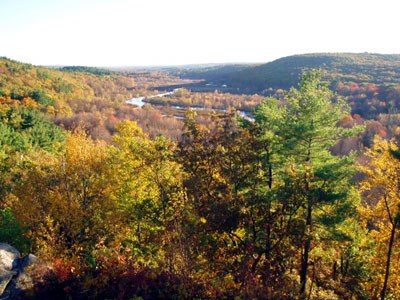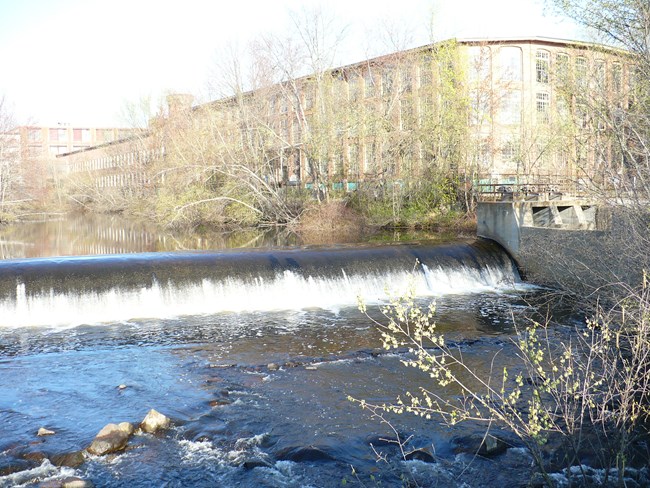
The Blackstone River is about 15,000 years old. A massive glacier once covered New England carving a deep, U-shaped valley as it moved south like a giant snowplow. When the glacier receded, it left behind a river valley with a steady drop. It also provided many sites that were ideal for the construction of dams. The dams created barriers that slowed down or stopped the movement of water.

The geography and geology of the Valley made this relatively small and seemingly ordinary New England River the birthplace of the American Industrial Revolution. Eventually it won the nickname of “America’s Hardest Working River.” People, Places and Stories
|
Last updated: May 25, 2025



